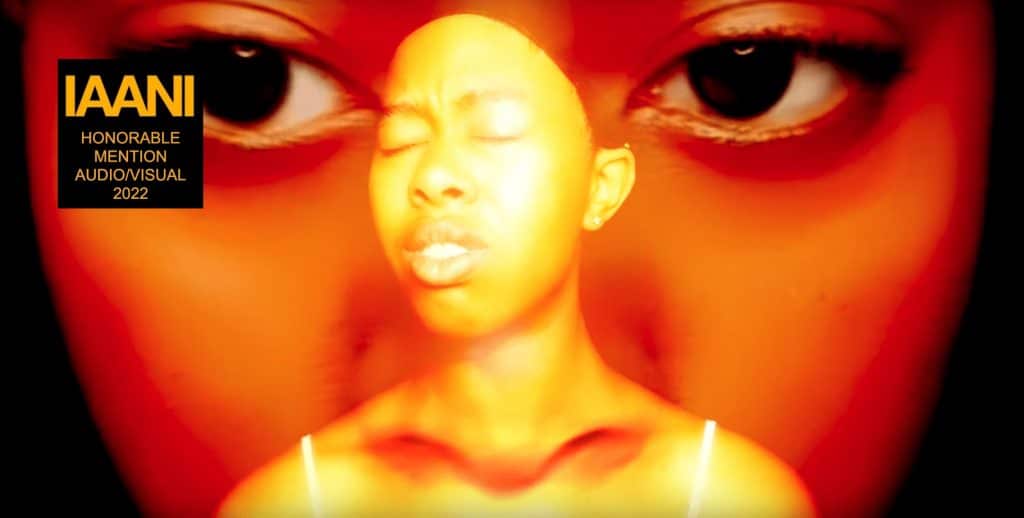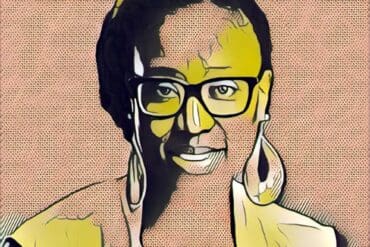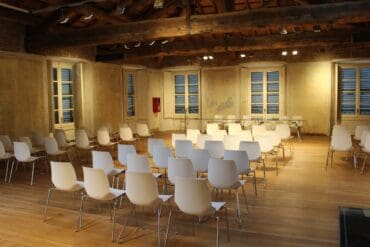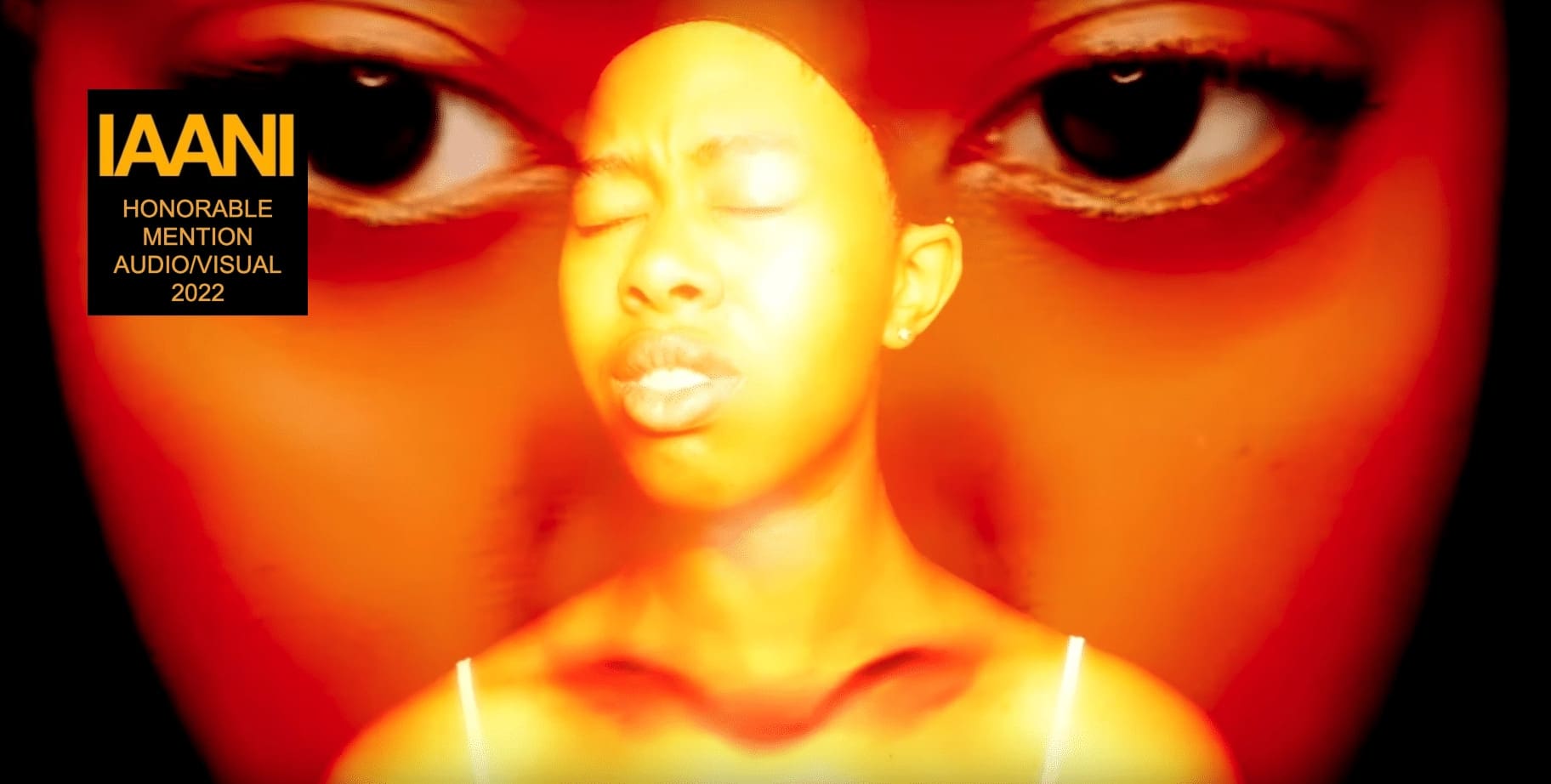Black Feminist Grit: “A Seat at the Table” with The Twerking Academic
Artist’s Memo for Black Feminist Grit: “A Seat at the Table”

“A Seat at the Table” does not make explicit visual reference to my experience as a Black female academic. However, the underlying sentiment is very much driven by my experiences in higher education, academia, and the literary world. My perspective and presence have not always been met with enthusiasm. Sadly, this is not an experience that is exclusive to me. This piece is a nod to the feelings that my Black feminist community widely echoes.
Our appearance, competency, and intellect are often questioned and challenged. Our task is to overperform in order to just be included on the standard level. Never mind the idea of the effort being applauded or celebrated. We face microaggressions while fighting some of the most gratuitous battles imaginable. The academic world demands a price for occupying the space in this Black female body. And though I, and many others, have paid the price many times over, we still owe a debt. I am exhausted, but I am here.
A Seat at the Table
“A Seat at the Table” is the autoethnographic manifestation of my vulnerability, anger, and anguish, of my black feminist grit. It is also illustrates my mental evolution as I confronted the tension my presence triggered. Eventually, I grew more comfortable taking up space as my authentic self.
When reflecting on my experiences and how to express them, I struggled to find words that would encapsulate my experience. The words I typed never seem to be enough. Then I realized that I don’t need them. Since the world is so preoccupied with my Black body occupying space, I would just let it do the talking. I was happy to let my body quite literally be the cultural evidence. In “Seat”, I channel the evocative story of my struggle.

The Twerking Academic: Visual Exploration of Black Womanhood
The Twerking Academic is dedicated to exploring the multilayered lived experience of Black womanhood using multimodal autoethnographic expression. Column installments explore, process, and communicate meaningful personal experiences. They also offer a voice to the experiences of the wider cultural community. Audiences can view each audiovisual piece independently. A written memo supplements each piece explaining context and speaking to significant themes within the work. Themes explored include bodily autonomy, stereotypes, mental health, and the experience of the Black female academic.
The Twerking Academic seeks to probe and question the established idea of what constitutes an academic. It examines the prescriptive, limiting rules that often dictate how one is recognized as an academic by the community. The column title itself is a nod to this goal. It prompts audiences to reexamine preconceived notions surrounding respectability politics and scholarship. In addition, engaging with topics in an inclusive manner that transcends past barriers that have separated the academic and general population is fundamental to the column’s working mission. I hope this column encourages members of the BIPOC community to build spaces that are authentically reflective of their personal style, culture, and preferred method of communication, and promote multimodal/audiovisual autoethnography as a viable investigative method.
Listen to more from The Color Purple by visiting Broadway Records. Learn more about the novel by Alice Walker here and the musical by Norman, Russell, Willis, and Bray here. And listen to additional music by singer Cynthia Erivo here.









